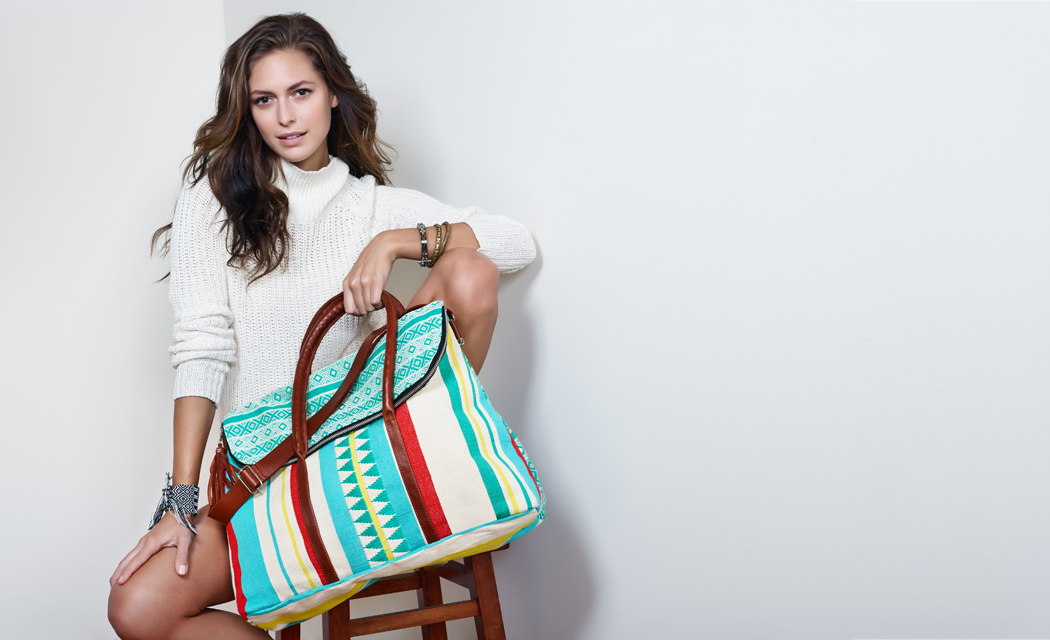
Written by Lais Lacher.
Photos courtesy of Mercado Global & Suzanne Becker Bronk.
A FUSION OF FASHION AND TRADITIONAL ARTISANS
Traditional artistry is at the root of the modern fashion industry, yet we often ignore or disparage the work of developing country artisans. Is it possible to support these artisans through socially responsible fashion while at the same time remaining profitable?
I first saw Mercado Global’s bags at their Fashion Forward event in New York City to support indigenous women artisans in Guatemala. I had heard about Mercado Global through a friend and after covering New York Fashion Week I wanted to write about a socially responsible brand. I naively expected to see unfashionable or cheaply made products from Central America similar to items I have purchased in the past. Instead, what I found were high-end bags combining unique Guatemalan textiles, modern design, and high quality craftsmanship that could have been on the runways at Fashion Week.
You buy these bags for their quality, and the story is just the icing on the cake. – Ruth DeGolia, Founder, Mercado Global
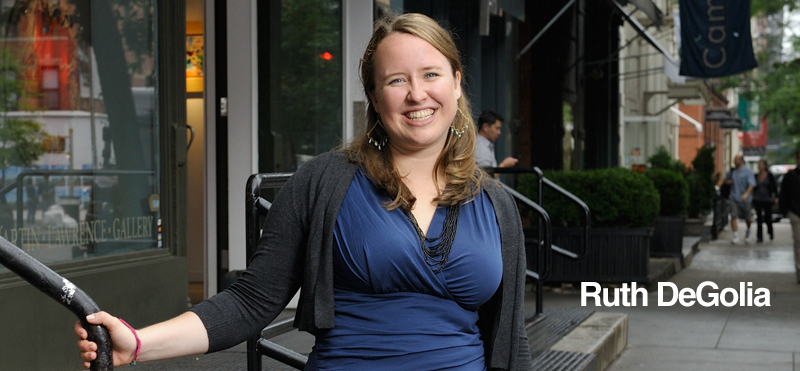
Even though the bountiful collection of bags, totes, and clutches are amazing on their own, the story behind the bags is even more interesting. Ruth DeGolia founded Mercado Global in 2004 after witnessing the severe poverty in Central America while conducting research for her thesis at Yale. She decided to help them by selling their handmade artisan crafts in the United States where they were a huge hit. Since then it has grown to over 300 artisans in Guatemala making significant economic improvements in communities every year. Anthropologie, Calypso St. Barth, Levi’s, Comptoir de Cotonnier, Holt Renfrew, United Arrows, and Isetan are just a few of the retailers that carry their brand. As a result of their success they have been recognized as social innovators by the Clinton Global Initiative, United Nations, and on the cover of Newsweek.
Giving people fish is sometimes important and needed, but developing a model to teach them how to fish has a much bigger, long-term impact. – Ruth DeGolia
How did Mercado Global become a successful social enterprise where many others have failed? The key seems to be their innovative commercial model that addresses the causes of poverty instead of treating the effects. Mercado Global connects rural and isolated artisans in Guatemala to international markets to sell their products.
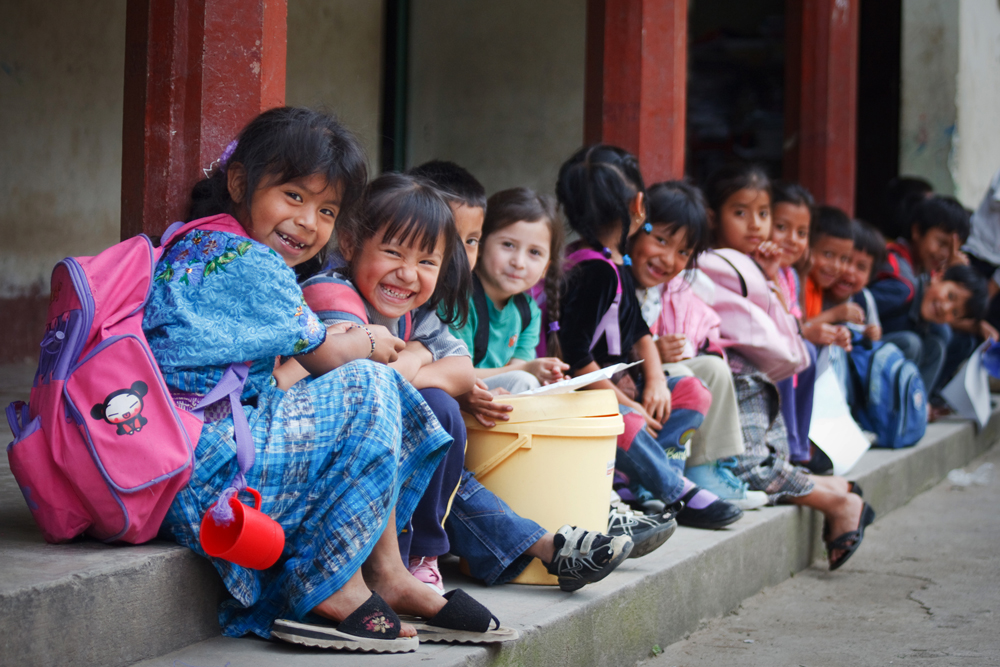
DeGolia explains, “Teach them to fish,” or in this case, harness their unique skills and give them the boat to get their product to shore. As a result, the partner artisans earn a sustainable wage that is three times their previous incomes, empowering them to invest in their families and their future.
DeGolia sees the value proposition for the consumer as the authenticity and quality of their bags even more so than the development aspect. To create such high-end bags, Mercado Global had to convince the artisans that product development was fundamental.
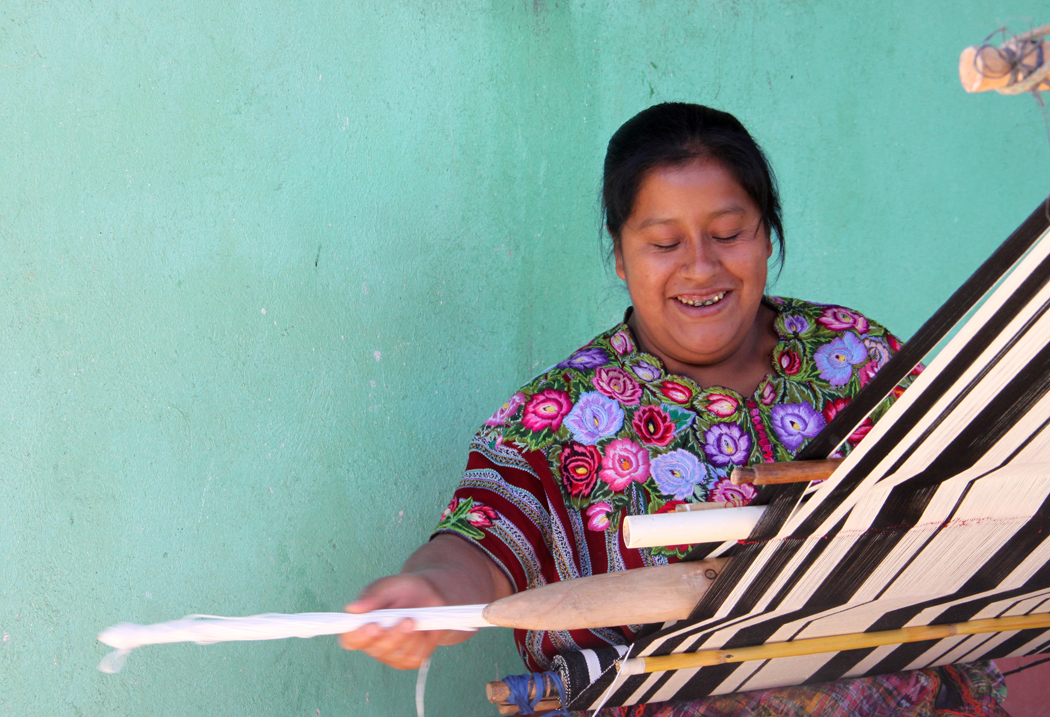
According to DeGolia, “The idea of innovation and investing time and effort into developing a sample did not make sense to them.” They were able to gain the artisans’ trust through building authentic partnerships with them and explaining the lifecycle of the product and issues they were facing. This was particularly challenging in a population that has experienced foreign exploitation, a 36-year civil war that has broken down trust. Since the artisans are partners, and not beneficiaries, they have an incentive to invest more time to create a superior product.
The unique look and design of the bags combining the traditional and modern is another reason for their success. “Mercado Global plays to the competitive advantage of Guatemalan Artisans to create authentic products while updating them for a modern audience,” DeGolia said. Mercado Global keeps the centuries-old Mayan weaving tradition alive using traditional techniques like the floor and back strap loom, rope dyeing and embroidery. Many of the patterns seen on the bags are original Mayan designs, such as the gorgeous diamond pattern on the Brocade Matea Weekender. They also have a design team in the US that works alongside the artisans to make some designs more market friendly as seen in the Marcador Matea Weekender bag.
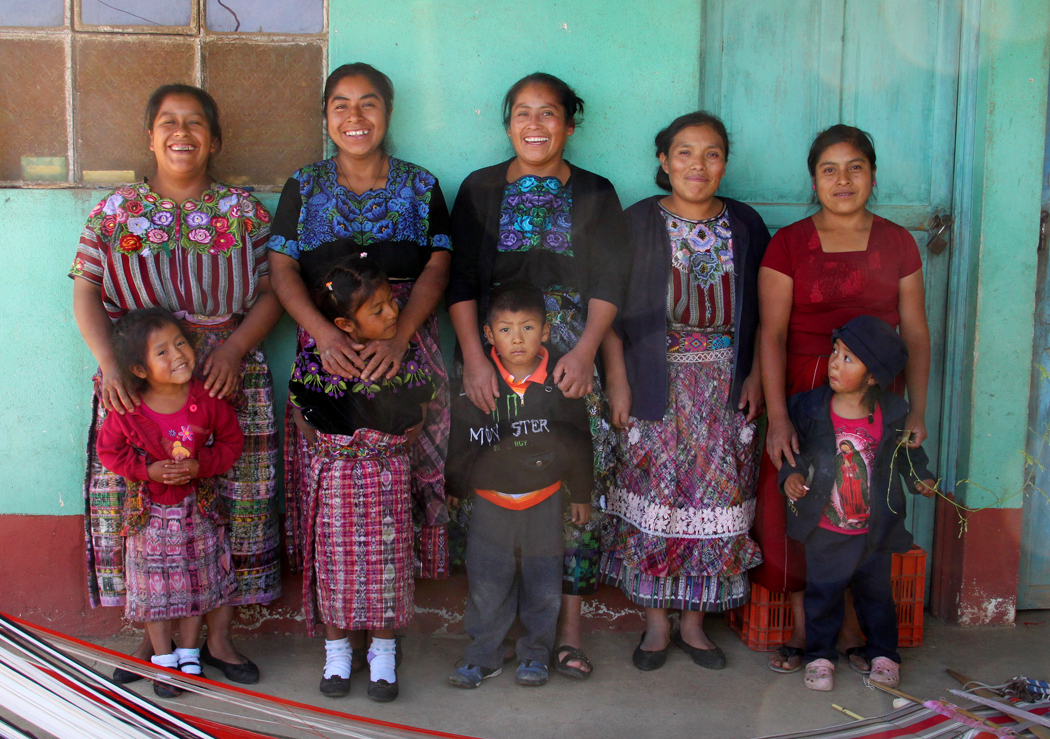
The reason that Mercado Global has remained sustainable is that the profits from the bag sales and donor contributions are reinvested back into the community in their various programs. The programs focus on education, business training, leadership and access to microcredit loans that create the lasting foundation of economic development in the region. The program also focuses exclusively on indigenous women artisans as they have faced the most discrimination, but are also the most likely to invest the money to help their families. The results are impressive; nearly 100% of partner artisans are able to send their children to school building the next generation of success. They also have increased food, water, and electricity security; with these basic needs being addressed the artisans are able to focus on improving their craft.
The interconnectedness of the Mercado Global model results in constant improvements in all aspects of the venture. The artisans increase their skill level and education and become more efficient workers. The product quality rises as a result which in turn increases demand for the bags. The increased demand leads to more profits from sales that they reinvest into the community starting the cycle over again.
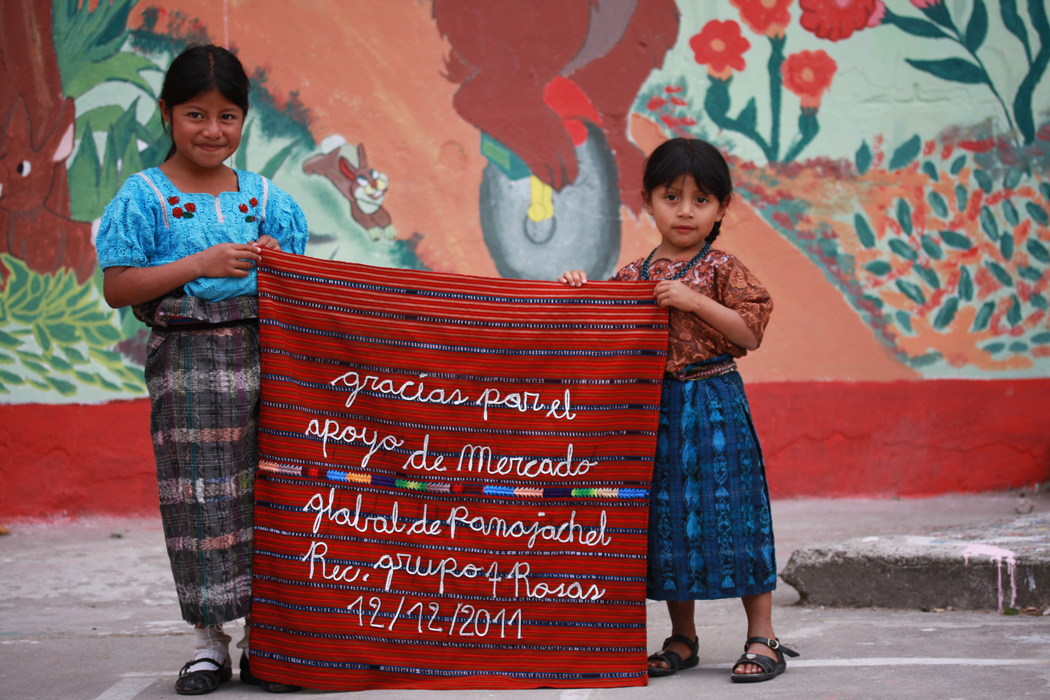
A core key to our success is having the ability to recognize when things aren’t going the way you planned and adapt accordingly. – Ruth DeGolia
Even with their success, Mercado Global has had its own series of challenges including the 2008 recession. According to DeGolia, “Mercado Global had been based more on the great story, than on high quality, but we realized that in difficult times a story alone is not enough. You need to make a great durable, standalone product.” Mercado Global quickly adapted to the change in the market by completely reorganizing the enterprise. The first step was building an in-house design team to develop more fashion-forward products as well as improving production methods. Once the recession had passed, consumers were much more aware and interested in socially responsible consumerism and Mercado again experienced strong sales growth. DeGolia said the saying “what doesn’t kill you makes you stronger” was true for Mercado Global.
The triple bottom line of people, planet, and profit has remained a challenge as well. Mercado Global’s bags are in competition with for-profit companies that sell hand-made products under exploitative situations. There is also competition in the social enterprise arena where it is difficult to discern whether the social aspect is authentic or merely a marketing strategy. DeGolia explained that the “most important aspect when evaluating a social enterprise is to look at the social impact of their core operations and production. Are they paying workers a sustainable wage? What are the conditions that the products are made under?”
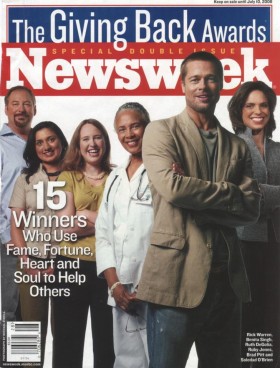 Another problem is the copying of traditional Guatemalan designs by companies that manufacture them cheaply in other countries reducing their perceived value. She described an instance where Delia Mendoza, the Head of Operations in Guatemala, was visiting a store in the US and saw clutches with an exact copy of traditional patterns from her community printed onto the fabric.
Another problem is the copying of traditional Guatemalan designs by companies that manufacture them cheaply in other countries reducing their perceived value. She described an instance where Delia Mendoza, the Head of Operations in Guatemala, was visiting a store in the US and saw clutches with an exact copy of traditional patterns from her community printed onto the fabric.
“It’s sad that these companies take advantage of the fact that indigenous communities didn’t patent their traditional patterns. It is not only stealing their culture but creates an image that these artisanal prints are cheap as they are sold for so little,” DeGolia said. Her solution to this was to continue to always innovate and creating something new each season.
Even with these challenges, DeGolia adapted and Mercado Global grew. Looking back she attributes the success to a great core team that was established early on. She also sites “luck” as an important factor, but sees it more as seeing opportunities and taking advantage of them. Including the time she met Brad Pitt and Soledad O’Brien while photographing the Newsweek cover the latter becoming an advocate for Mercado Global.
What’s to come next for Mercado Global? The release of their first modeled photo shoots for their Spring/Summer 2014 collection and the introduction of natural dyed yarn. Whatever the future holds as far as social enterprises, economic crises, or consumer tastes, Mercado Global’s future seems solid as artistry and authenticity never go out of style.
RELATED LINKS
+ Mercado Global Website
+ Mercado Global Facebook






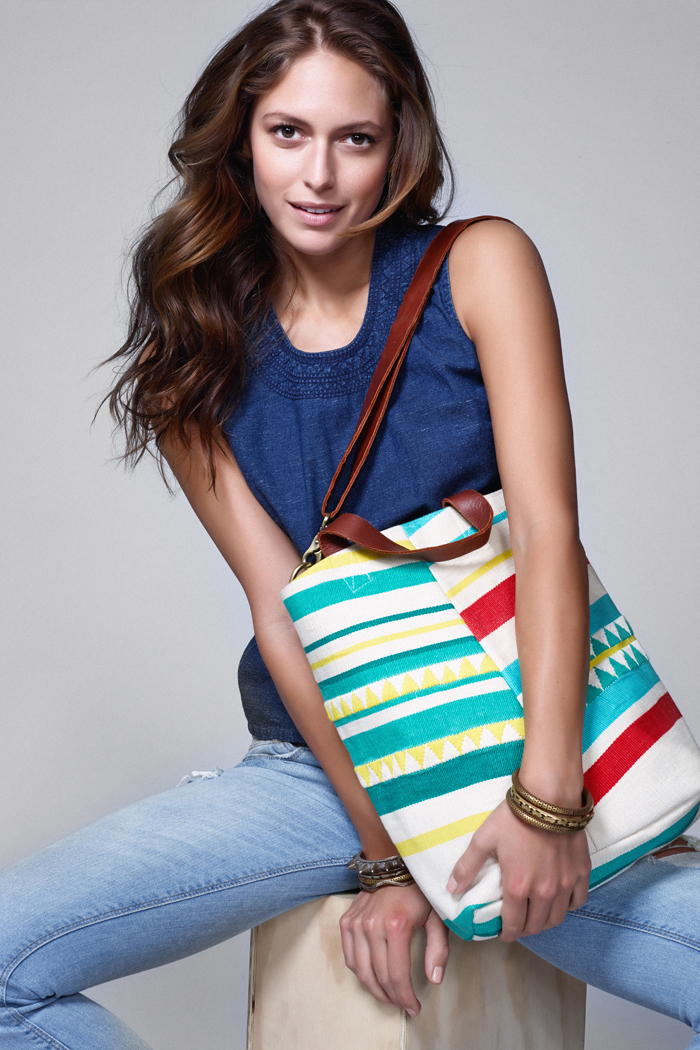

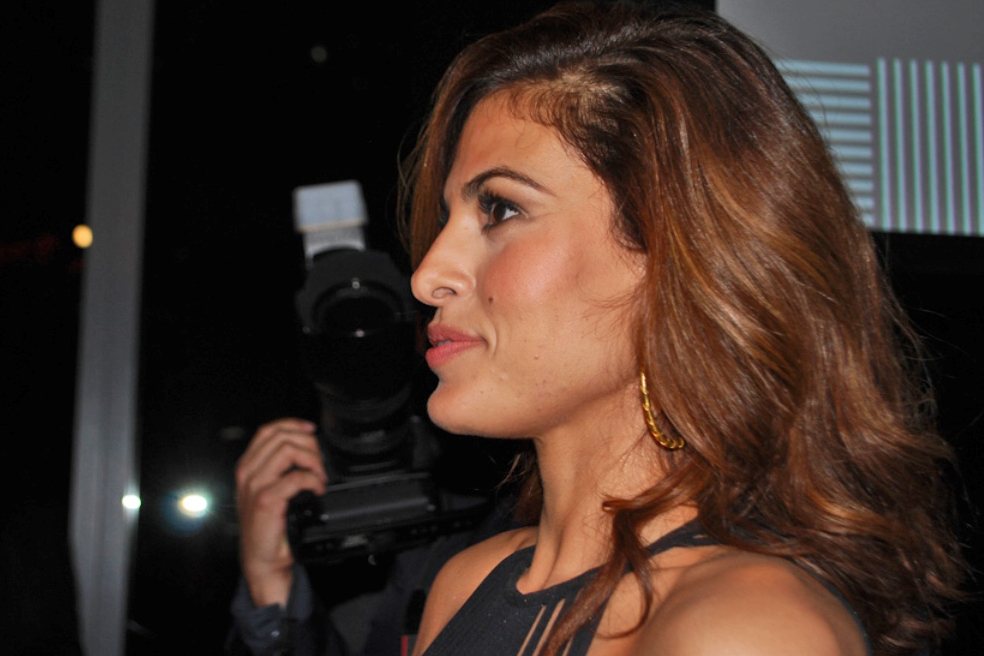
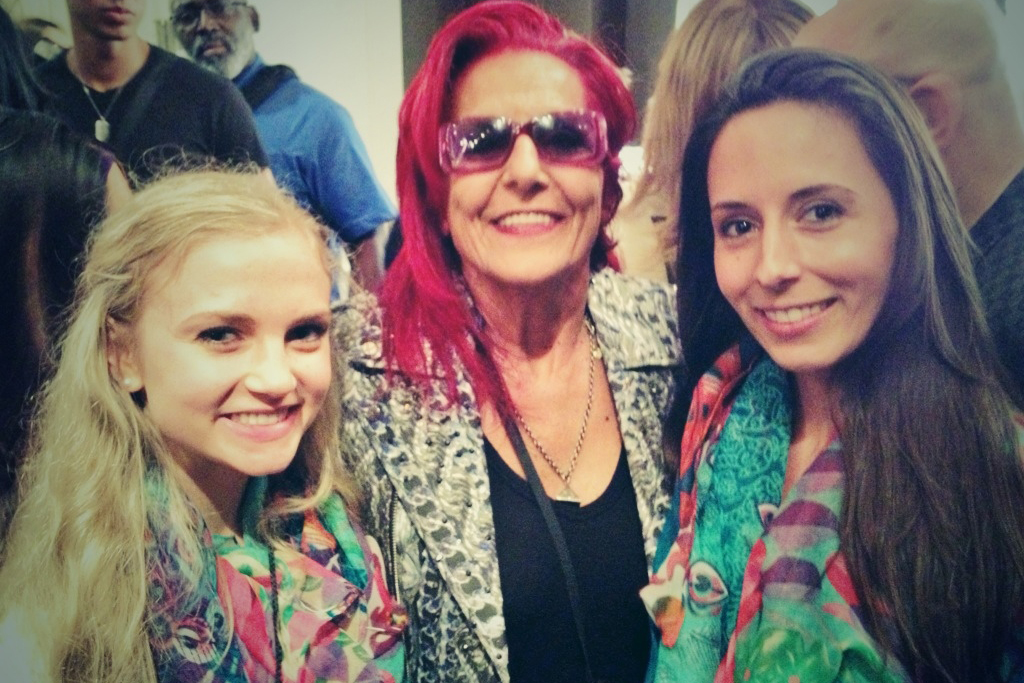
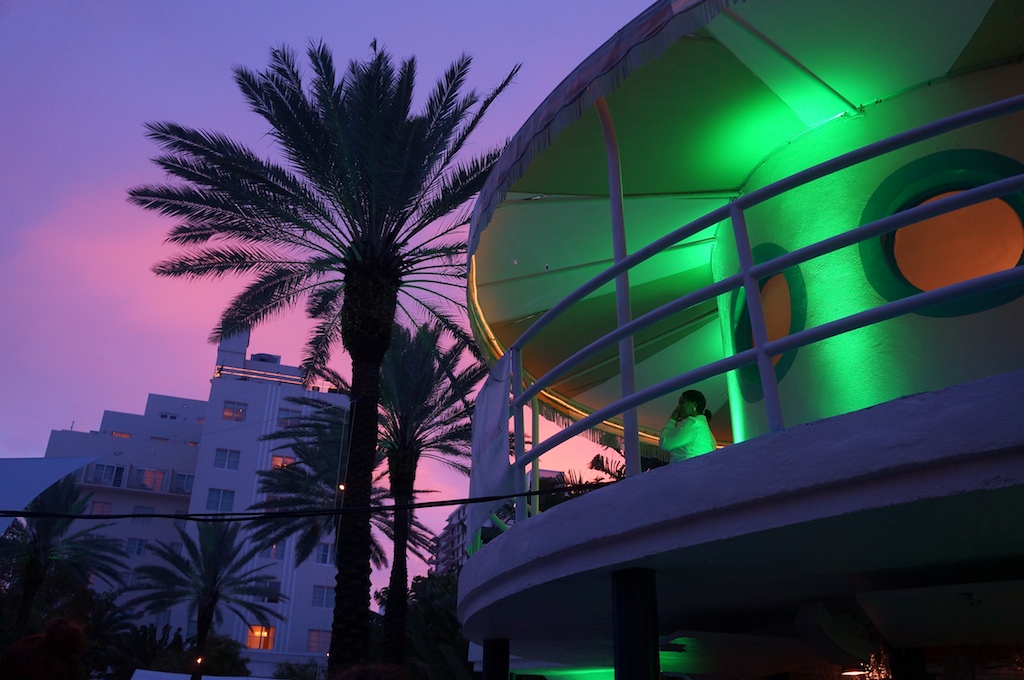
1 Comment